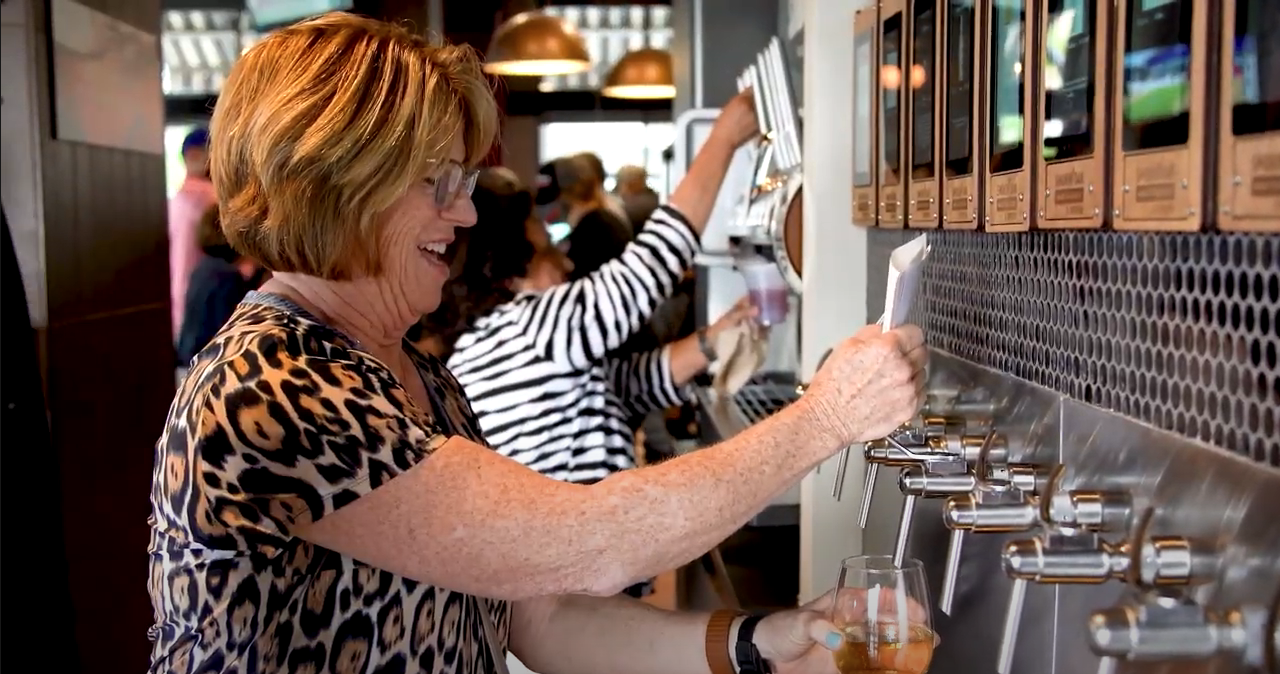Self-serve beer taps vs. Traditional service – Which one is best?
Self-serve taps are a new way to serve draft beer in taprooms, restaurants, and entertainment venues. This modern solution gives customers access to beer taps, allowing them to pour their beverages while monitoring consumption through integrated measurement systems. By knowing the strengths and limitations of both service models, business owners can select the best approach for their establishment.
Customer experience considerations
Traditional service relies on the bartender-customer relationship that has defined drinking establishments for centuries. Skilled bartenders provide expertise, recommendations, and personalized service that many patrons value as essential to their experience. This human interaction creates opportunities for establishments to showcase their brand personality through staff who embody their values and service philosophy. A bartender who remembers customer preferences and creates a welcoming environment encourages regular customers back.
Self-Serve Beer Taps create a fundamentally different customer experience focused on exploration and customization. Customers sample multiple beers in their preferred quantities without waiting for service during busy periods. This approach particularly appeals to craft beer enthusiasts who want to taste small amounts of various options before committing to a full pour. The novelty factor attracts customers seeking unique experiences, potentially driving initial visits based on curiosity about the self-serve concept. This system also eliminates customers’ intimidation when ordering from bartenders with extensive beer knowledge.
Operational efficiency factors
Traditional service requires skilled staff, representing a significant operational cost through wages, training, and management resources. During peak periods, service bottlenecks can develop at the bar, creating customer frustration and potentially limiting sales volume. Experienced bartenders mitigate these issues through efficient service techniques, but the fundamental constraint of staff-to-customer ratio remains. Traditional setups face challenges with consistent pouring practices and portion control, affecting product costs and customer satisfaction.
The self-serve approach offers several operational advantages worth considering:
- Reduced labor requirements for direct beverage service
- Elimination of service bottlenecks during high-volume periods
- Perfect portion control through technology-monitored dispensing
- Detailed consumption data for inventory management and marketing
- Automated ID verification and consumption tracking for compliance
- Dynamic pricing capabilities for off-peak promotions or special events
Financial implications
The initial investment for traditional bar setups typically costs less than self-serve systems, which require specialized technology, including flow meters, RFID card readers, software systems, and specialized tap installations. Traditional systems have well-established maintenance networks and lower ongoing technology support needs. The financial model relies on standard pricing structures and traditional inventory control methods that owners and managers understand thoroughly from industry experience.
Self-serve beer walls typically require higher upfront investment ranging from $20,000 to $50,000+ depending on system size and features. These costs include:
- Specialized tap hardware with integrated flow monitoring
- RFID card or wristband readers for customer tracking
- Software platforms for system management and reporting
- Digital displays showing beer information and pricing
- Additional infrastructure requirements for installation
- Training and implementation support
With self-serve systems, profit margins are higher, labour costs are reduced, and waste is eliminated. The novelty attracts new customers, while the ability to sample multiple beers often increases per-customer spending. The technology creates opportunities for dynamic pricing models that traditional service cannot easily implement, such as happy hour specials applied automatically or loyalty rewards integrated directly into the pouring system.
Both service models offer distinct advantages in the proper context. Identifying business needs and customer expectations is essential to choosing the approach to maximize operational efficiency and profitability.



